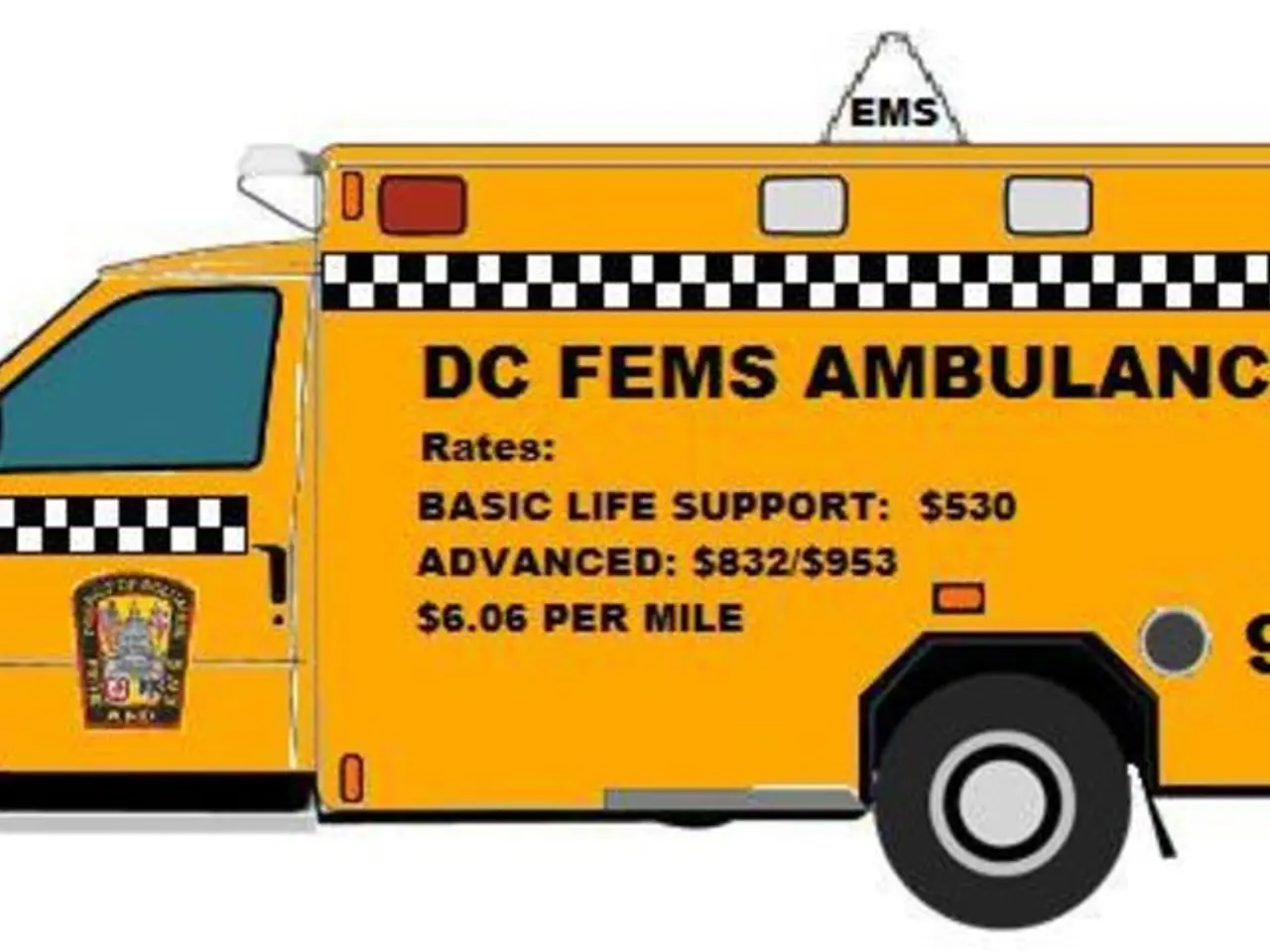Crisis Areas and Military Healthcare: Insights into Preparedness, Cooperation, and Patient Care
The role of military medical services in disaster response is under the spotlight, as experts discuss their unique strengths and limitations. Professor Tim Hodgetts, the Master General of the Army Medical Services and former Surgeon General of the UK Armed Forces, leads the discourse on the evolving role of military medical services in crisis zones.
Military medical teams provide rapid, versatile medical care and evacuation capabilities, often operating in austere and complex environments. They integrate closely with civilian agencies and NGOs to enhance overall relief efforts. Key strengths of military-led deployments include rapid deployment and logistical self-sufficiency, the ability to conduct damage-control surgery and critical care near the point of injury, and the use of advanced technology such as GPS-enabled ambulances and communication systems for efficient casualty evacuation.
However, military medical teams may face limitations, such as less experience in long-term community health or psychosocial support compared to civilian NGOs, the need to align strictly with humanitarian principles and maintain neutrality, and logistical complexity requiring substantial pre-deployment planning.
Lessons learned from recent disaster responses, such as the COVID-19 pandemic and the 2023 Turkey earthquake, emphasize the importance of pre-disaster planning and preparedness, flexible command structures, and the judicious use of technology. Developing integrated plans involving military, civilian authorities, and NGOs leads to faster, more organized responses and better resource allocation during crises.
Challenges in treating trauma and vulnerable populations in disaster zones arise from harsh, resource-limited settings, high patient loads with severe trauma, and the need to address diverse vulnerable groups, including children, the elderly, and those with chronic conditions. Overcoming these challenges requires a multidisciplinary approach, effective collaboration, and the judicious use of technology.
In the final part of the webinar series, Professor Hodgetts focuses on military personnel preparation for environmental extremes in operational settings, practical response, future readiness, and civil-military collaboration. The role of telemedicine, drones, and technological innovations in crisis zones is also being explored.
As climate-related disasters increase, military medical services are increasingly called upon to support humanitarian crises. Their unique capabilities make them invaluable for their ability to provide rapid, high-level trauma and surgical care in disaster zones. However, their optimal impact depends on effective collaboration with civilian and NGO actors, robust pre-disaster coordination, adaptive leadership, and leveraging technology for operations in complex crisis environments.
- Professor Hodgetts discusses the significance of military medical services in climate-related disasters, highlighting their unique abilities in providing rapid, high-level trauma and surgical care.
- In the final part of the webinar series, there's an emphasis on military personnel preparation for environmental extremes, civil-military collaboration, and the role of technology in crisis zones, including telemedicine and drones.
- Effective collaboration with civilian and NGO actors, robust pre-disaster coordination, adaptive leadership, and leveraging technology are crucial factors for military medical services to maximize their impact in complex crisis environments.
- Key strengths of military-led deployments in disaster zones include their ability to conduct damage-control surgery and critical care near the point of injury, rapid deployment, logistical self-sufficiency, and the use of advanced technology for efficient casualty evacuation.




